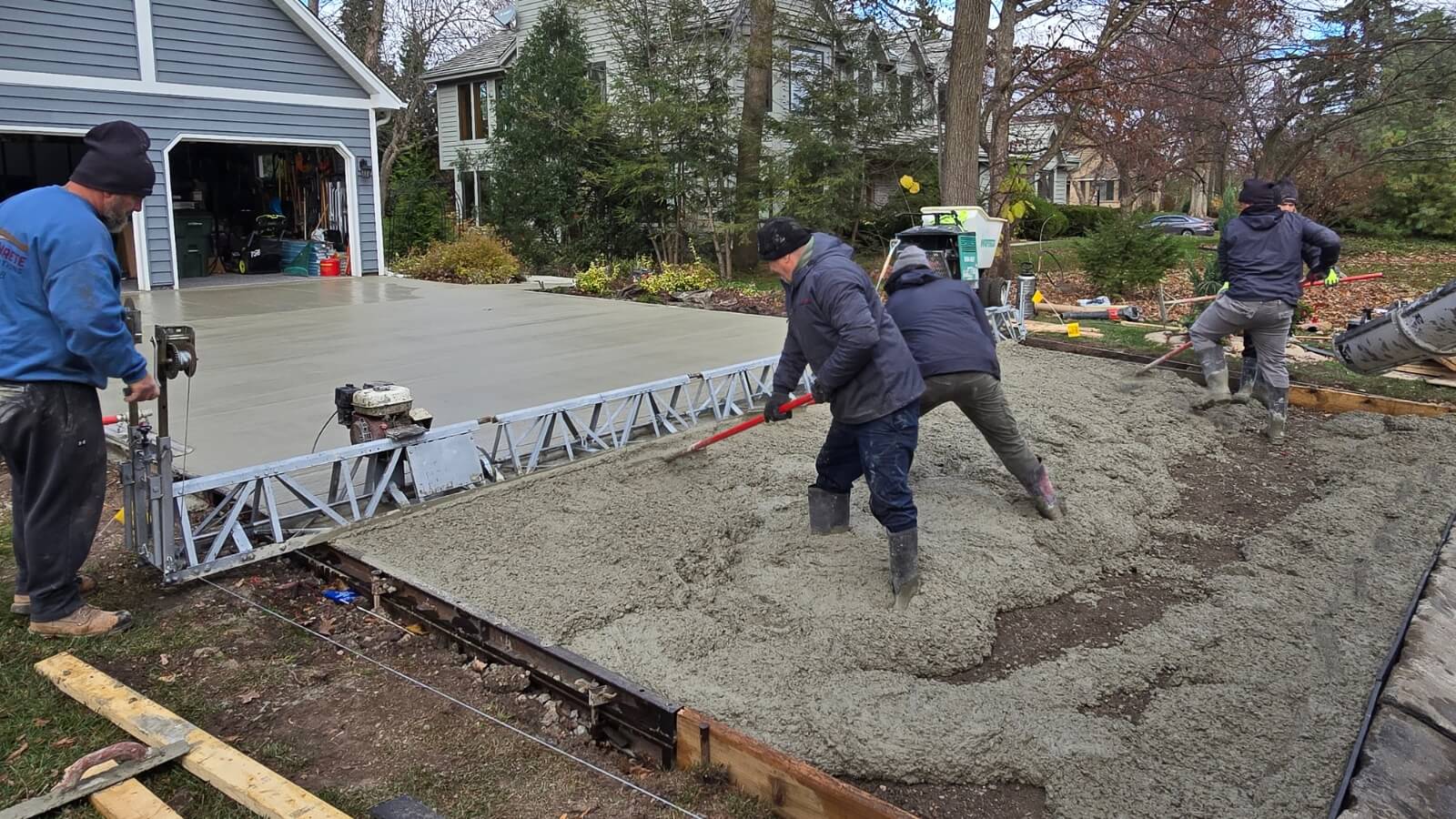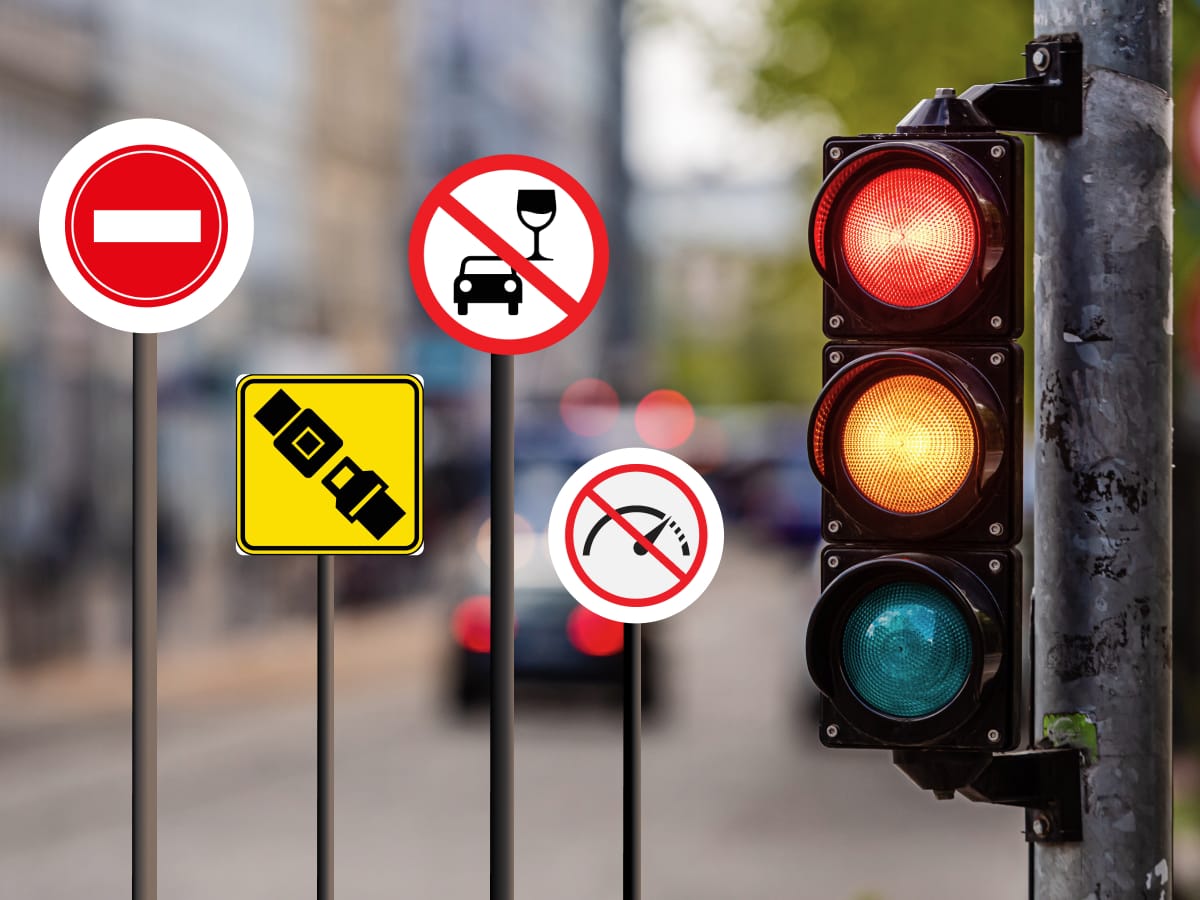Reloading ammunition is a practical way for many shooters to save money, customize loads, and learn more about firearm performance. For those who reload 9mm cartridges, one common choice is to use brass that has already been fired once. This article explains, in simple and professional language, why many reloaders prefer this option and what to watch for when using it.
What is once fired brass and why it matters
Once fired brass refers to cartridge cases that have been fired one time and then collected. Using once fired cases is common because they are typically less expensive than new, unfired brass and are often readily available at ranges or from other shooters. When a case has only been fired once, it usually retains most of its original strength and shape, which makes it suitable for several more reloads if it is inspected and processed correctly.
The advantages of 9mm once fired brass
One major advantage of choosing 9mm once fired brass is cost savings. New brass can be costly when you plan to reload many rounds, and once fired brass offers a budget-friendly alternative without sacrificing safety when handled properly. Another benefit is consistency. Many shooters find that once fired brass from the same lot or source can produce consistent performance after sizing and trimming. Because 9mm brass is widely used, it is often available in large quantities, making it easier to assemble batches with similar characteristics. Finally, reusing once fired brass supports sustainable shooting practices by reducing waste and extending the useful life of materials.
Safety and inspection: what to check before reloading
Safety must be the top priority when using any used brass. Examine each case carefully for cracks, splits, deep dents, or signs of excessive pressure such as bulging or discoloration. Pay special attention to the case neck and the area near the primer pocket. If there are any irregularities, discard the case. Also check that the primer pockets are in good condition and that the case headstamp is readable. Cleaning the brass removes debris and powder residue that could hide damage and ensures consistent chambering and firing.
Preparing once fired brass for reloading
Prepare once fired brass by cleaning, sizing, and trimming as needed. Cleaning can be done with ultrasonic or media tumblers to remove carbon and residue. Full-length resizing returns the case to proper dimensions and ensures reliable chambering. Trimming may be necessary if the case length has stretched beyond safe limits; keeping case length within specified tolerances is important for proper headspace and safe ignition. After trimming, chamfer and deburr the case mouth to ensure smooth bullet seating. Finally, check primer pockets and, if required, uniform the primer pocket depth for consistent ignition.
Benefits for accuracy and handloading practice
Using once fired brass can help reloaders refine accuracy and load development. Because cost per round is lower, shooters can test different powders, bullets, and seating depths without spending as much money on components. Once fired brass that has been properly prepared can yield very consistent groups, particularly when the brass comes from the same manufacturer and lot. Experienced reloaders often keep brass sorted by headstamp to preserve consistency across loads and to better understand how their specific firearms interact with certain brands of brass.
Longevity and when to retire brass
A well-maintained 9mm once fired brass case can be reused several times, but it will eventually reach the end of its safe life. Signs that brass should be retired include persistent stretching that cannot be corrected by trimming, cracks or splits, or a weakened case head. Keeping careful records of how many times a case has been reloaded is a good habit, especially for cases used in high-pressure loads. When in doubt, err on the side of safety and replace questionable cases with new brass.
Conclusion
Using once fired brass is a cost-effective and environmentally friendly choice for many 9mm reloaders. When the brass is inspected, cleaned, and prepared correctly, it can produce reliable, consistent results for practice and accuracy work. By following safe inspection and preparation procedures, reloaders can enjoy the benefits of using once fired brass while maintaining a high standard of safety and performance.





